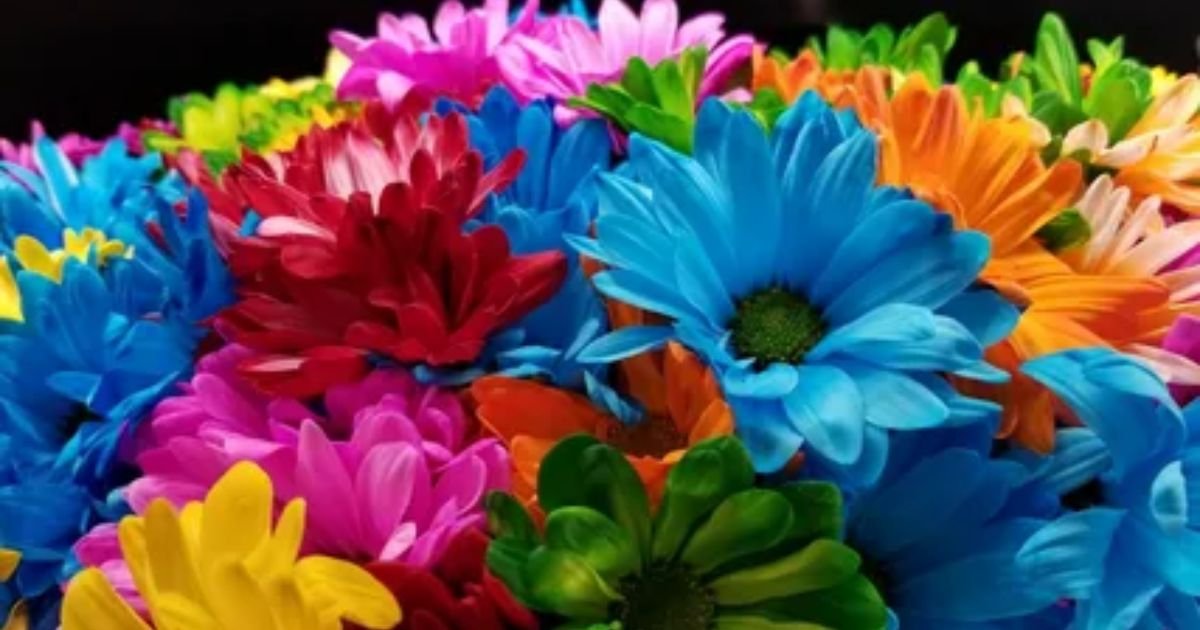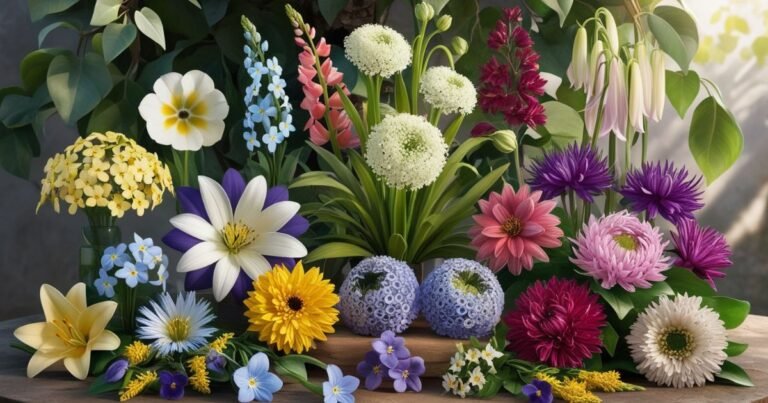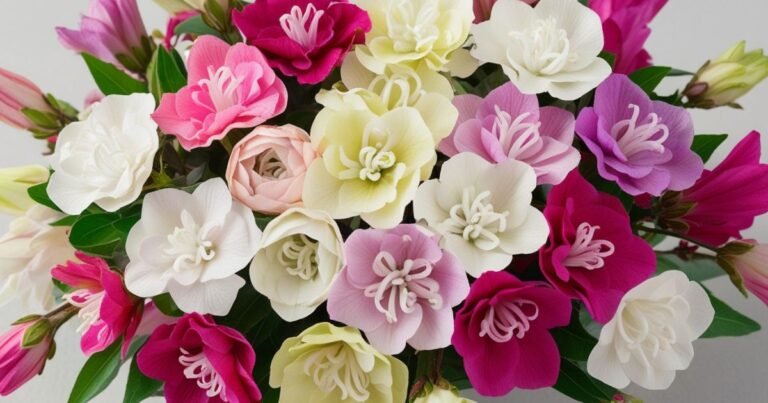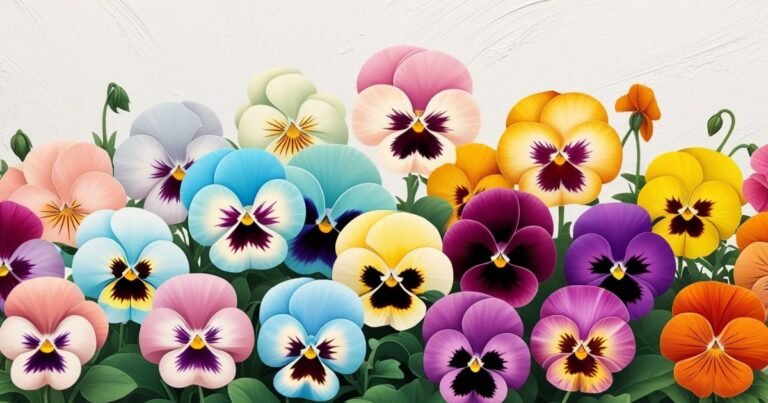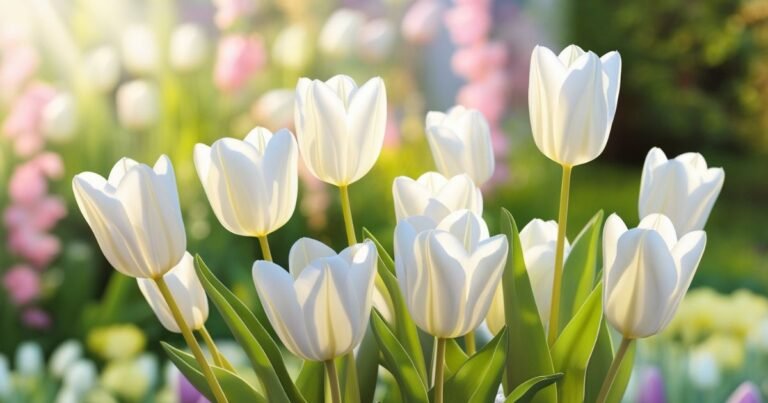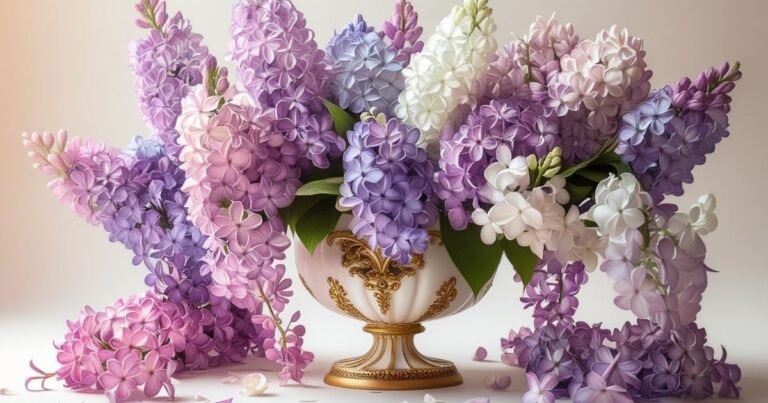Top 10 Flowers that Represent Loneliness and Being Alone
In a world that often celebrates connection and companionship, the beauty of solitude is sometimes overlooked.
Yet, nestled within the delicate petals of certain flowers lies a poignant symbolism that speaks to the heart of loneliness an emotion as universal as it is complex.
While most blooms are cherished for their vibrant colors and joyful meanings, some carry an air of melancholy that resonates with those who find themselves in moments of solitude.
We explore the top 10 flowers that represent loneliness and being alone. Each blossom tells its own story, evoking feelings ranging from introspection to heartbreak, reminding us that even in isolation, there can be profound beauty.
Whether you’re seeking solace or simply curious about the deeper meanings behind these fascinating florae, this exploration will illuminate how nature reflects our innermost feelings and experiences.
Flowers that Represent Loneliness
In the language of flowers, certain blooms subtly convey feelings of solitude and longing.
The delicate bluebell, for instance, symbolizes humility and gratitude but also evokes a sense of isolation, as it thrives in quiet forest glades where few venture.
Its understated beauty encourages contemplation, prompting us to reflect on those moments when we seek solace in nature’s embrace.
This paradox of beauty and loneliness highlights how moments spent alone can foster personal growth.
The stark elegance of the black rose holds an even deeper narrative; often associated with mourning or loss, it serves as a poignant reminder that loneliness can stem from life’s inevitable changes.

Within this darkness lies the potential for transformation just as roses need to be pruned back to flourish anew, our solitary experiences can lead us to discover inner strength and resilience.
By embracing these sentiments embodied in flowers like the black rose or bluebell, we not only acknowledge the pain of loneliness but also recognize its power to catalyze profound personal evolution.
Plum Blossom – Flowers that Represent Loneliness
The delicate plum blossom, with its ethereal beauty, often evokes a sense of solitude and reflection.
Its petals, soft as whispers, symbolize not only the arrival of spring but also the deeper emotional undercurrents associated with loneliness.
In many cultures, these blooms serve as poignant reminders that isolation can inspire profound creativity and introspection; after all, in moments of solitude, we may find clarity about our true selves and aspirations.
Moreover, the plum blossom’s transient nature mirrors life’s fleeting moments. Just like the blossoms that bloom for a brief period before falling away, our experiences of loneliness can spark transformative thoughts that lead to personal growth or artistic expression.
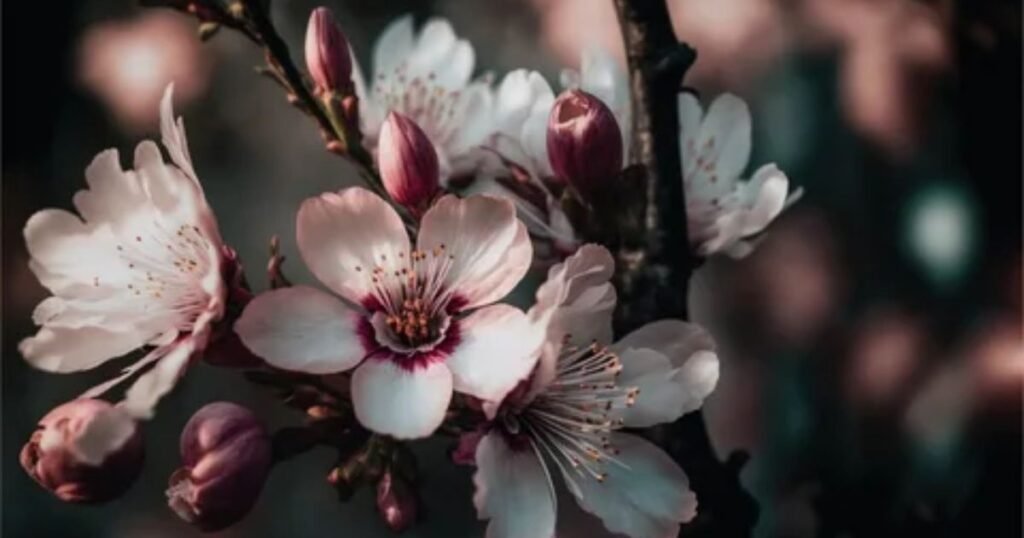
While some flowers might traditionally represent joy or love, it’s within those quiet moments spent amid plum blossoms that one can truly reflect on what it means to be human embracing both connection and disconnection alike.
Migrating away from conventional portrayals offers an opportunity to appreciate how even loneliness has its own unique beauty when viewed through the lens of resilience and renewal.
Butterfly Weed
Butterfly weed, with its striking clusters of bright orange flowers, offers more than just a vibrant accent to any garden; it symbolizes resilience and the delicate nature of solitude.
While many might wonder what flower represents loneliness, butterfly weed prompts us to reflect on how beauty can coexist with isolation.
Renowned for attracting pollinators like butterflies and bees, this perennial’s vivid hues are a bittersweet reminder that even in our loneliest moments, there is potential for connection and transformation.
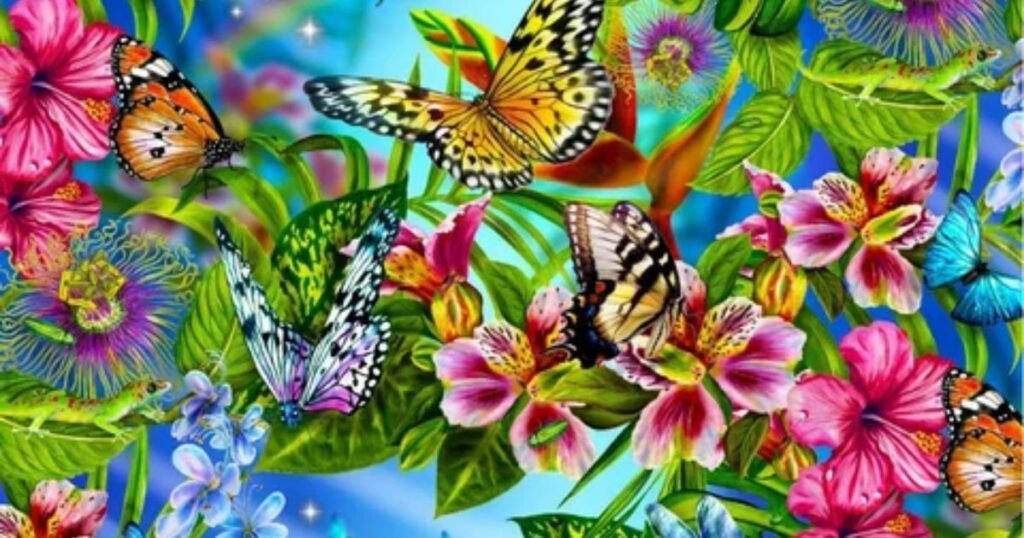
As it thrives in open fields and dry meadows, butterfly weed exemplifies the idea that loneliness can foster growth. Its deep taproot helps it endure harsh conditions much like individuals who find strength amid solitude.
The flowers bloom prominently throughout summer but begin to fade as autumn approaches, encapsulating the transient beauty of life itself.
By choosing butterfly weed for your garden or home space, you invite not only vibrant color but also a deeper contemplation of your relationship with loneliness and connection a perfect conversation starter during those quiet moments spent in reflection.
Yellow Chrysanthemum
The yellow chrysanthemum, with its radiant hue and delicate petals, often invites admiration for its vibrant beauty.
Beneath this cheerful facade lies a more complex symbolism that evokes feelings of loneliness and introspection.
In different cultures, these striking flowers are associated with the bittersweet essence of solitude a reminder that even in vibrant blooms, there can exist an undercurrent of isolation.
They serve as nature’s poignant representation of what it feels like to be surrounded by life yet feel profoundly alone.
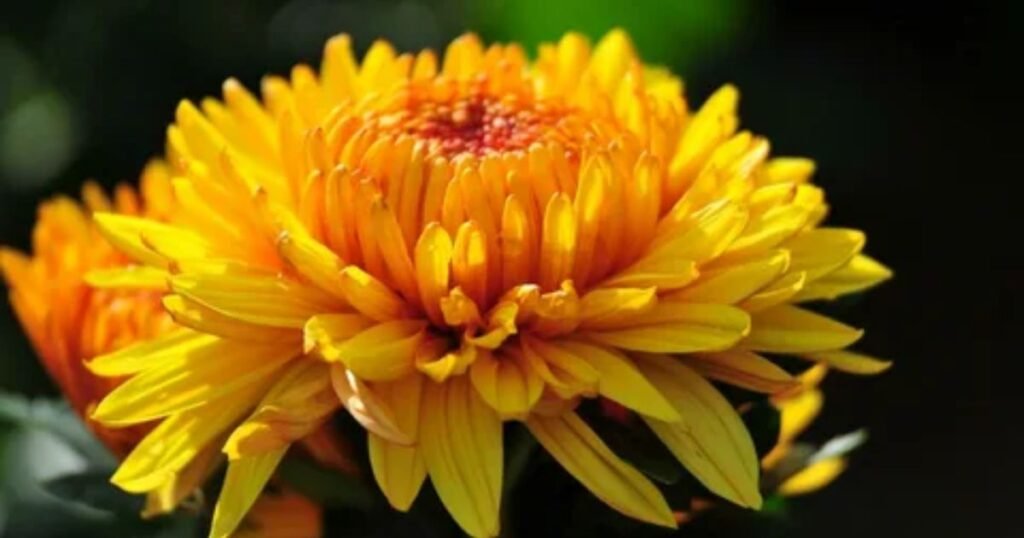
While other flowers might symbolize friendship or love, the yellow chrysanthemum challenges societal norms surrounding connection.
Its unique ability to convey both cheerfulness and melancholy creates a tapestry of sentiments that resonates deeply with those experiencing solitude.
Whether placed in a vase to decorate a quiet corner or given as a token to someone feeling isolated, yellow chrysanthemums remind us that loneliness can be both acknowledged and embraced amidst life’s colorful chaos.
This duality makes them not only beautiful but also profoundly relatable inviting conversations about our own experiences with solitude and connection in an ever-changing world.
Purple Hyacinth
The Purple Hyacinth, with its striking hue and fragrant blooms, often carries an emotional weight that resonates deeply within those who encounter it.
While many flowers symbolize joy and love, the hyacinth stands out for representing more somber sentiments, such as melancholy and loneliness.
Its delicate petals sway gracefully in the wind, inviting contemplative moments amidst life’s busyness.
Those familiar with floral meanings might wonder what flower represents loneliness? In this context, the Purple Hyacinth serves not merely as a reminder of solitude but also as an emblem of introspection.
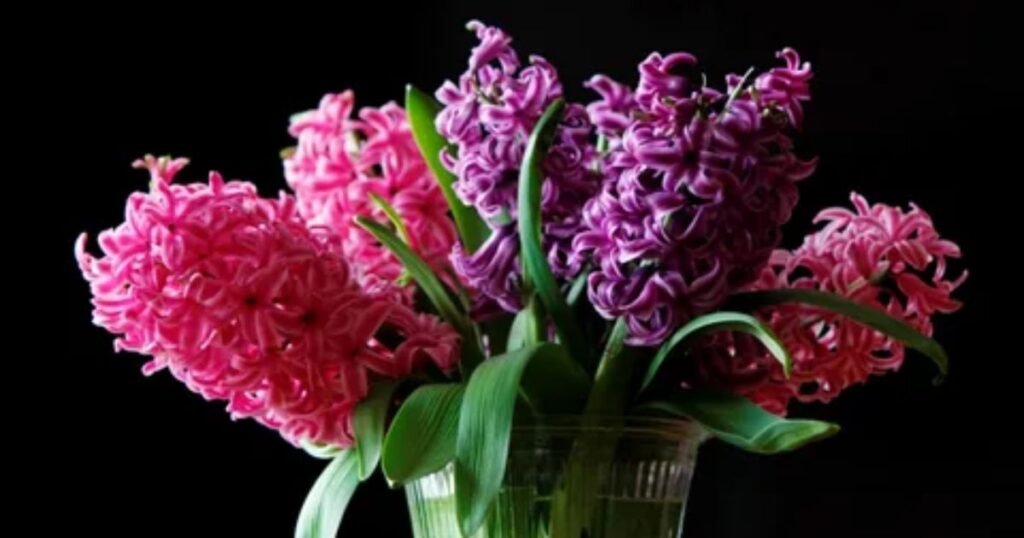
Beyond its associations with sadness, this unique flower can provoke a sense of nostalgia and reflection on personal growth.
Picture yourself wandering through a garden adorned with these vibrant blossoms; each one tells a story of yearning or unfulfilled dreams.
Like all flowers that endure through harsh seasons, the Purple Hyacinth invites us to embrace our vulnerabilities while recognizing that loneliness is often intertwined with beauty.
Through understanding its duality both the pain it can signify and the resilience it inspires we find new meaning in our connections to ourselves and others in times of solitude.
White Lillies
White lilies, often admired for their delicate beauty and pristine color, hold a profound symbolism that transcends mere aesthetics.
While they are typically associated with purity and renewal, there’s an intriguing layer to their meaning that connects them with the theme of loneliness.
In various cultures, these elegant blooms have been used as a poignant reminder of solitude especially in times of loss or grief.
The stark whiteness of the petals evokes a sense of emptiness, making white lilies a striking choice for memorial arrangements where emotions run deep.
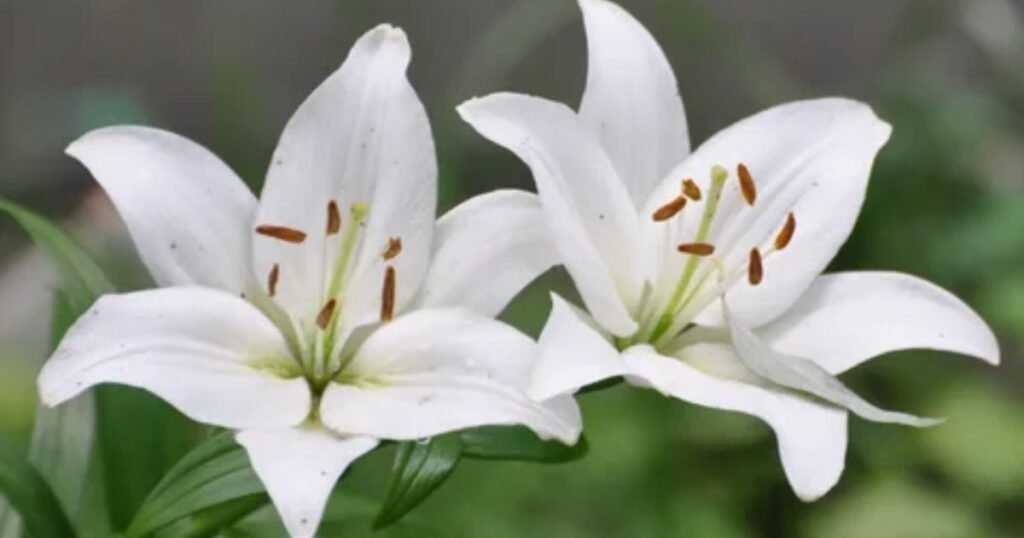
When reflecting on what flower represents loneliness, one cannot overlook how white lilies resonate with those enduring solitary moments.
Their grace serves as both comfort and recognition of someone’s isolation; in essence, they encapsulate the duality of beauty and melancholy.
This unique perspective allows admirers to appreciate not only their visual appeal but also the deeper emotional narratives they convey.
Whether integrated into floral designs or given as heartfelt gifts, white lilies emerge as symbols that invite contemplation on our connections or disconnections with others in our lives.
White Rose
The white rose often evokes a sense of purity and innocence, but beneath its delicate petals lies a deeper emotional resonance one that speaks to the theme of loneliness.
While many associate flowers with joy and celebration, the white rose offers a stark contrast, emerging as a poignant symbol for those navigating solitude.
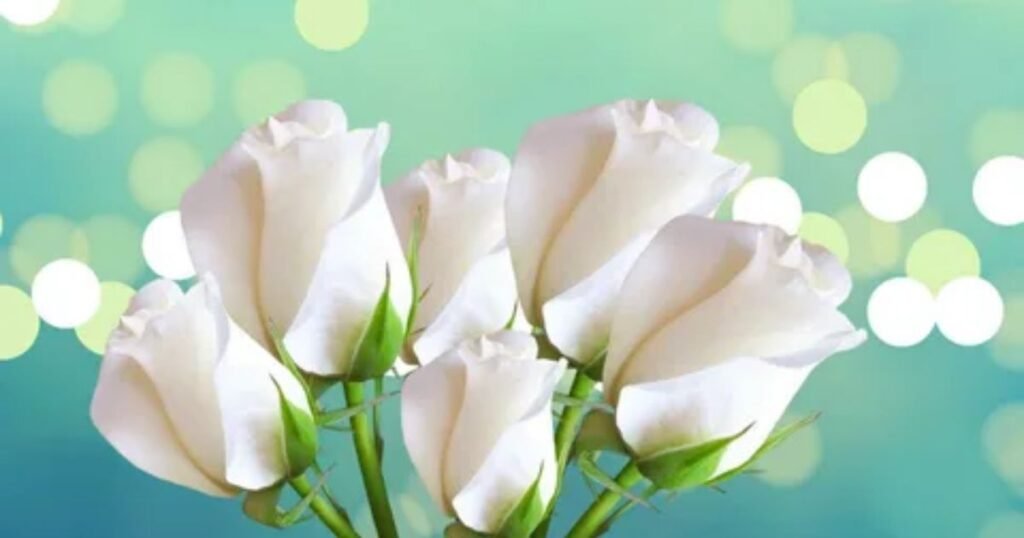
In their pristine beauty, these blooms can serve as gentle reminders that even in our most isolated moments, there exists an opportunity for reflection and growth.
What flower represents loneliness? The answer may not be immediately obvious to many; The white rose embodies this sentiment perfectly.
It captures the essence of longing without overwhelming emotion, making it an ideal choice for someone yearning for connection yet feeling removed from others.
Displaying or gifting white roses could signify empathy towards one’s own feelings or those of someone else who might be experiencing a love lost or friendships faded into silence the unspoken acknowledgment that sometimes solace can be found within solitude itself.
In a world bustling with social connections, perhaps it’s time we recognize the quieter power held by these elegant blooms a testament to our shared human experiences in both love and loneliness.
Lily of the Valley
Lily of the Valley is a delicate flower that encapsulates both beauty and melancholy, often compelling us to reflect on its deeper meanings.
With its petite bell-shaped blooms cascading down slender stalks, this elegant plant has long been associated with purity and humility.
Beneath its charming exterior lies a poignant symbolism; it’s sometimes regarded as a representation of loneliness.
Just as these flowers thrive in the quiet shade of forest undergrowth, they remind us of moments when we feel isolated amidst life’s hustle and bustle.
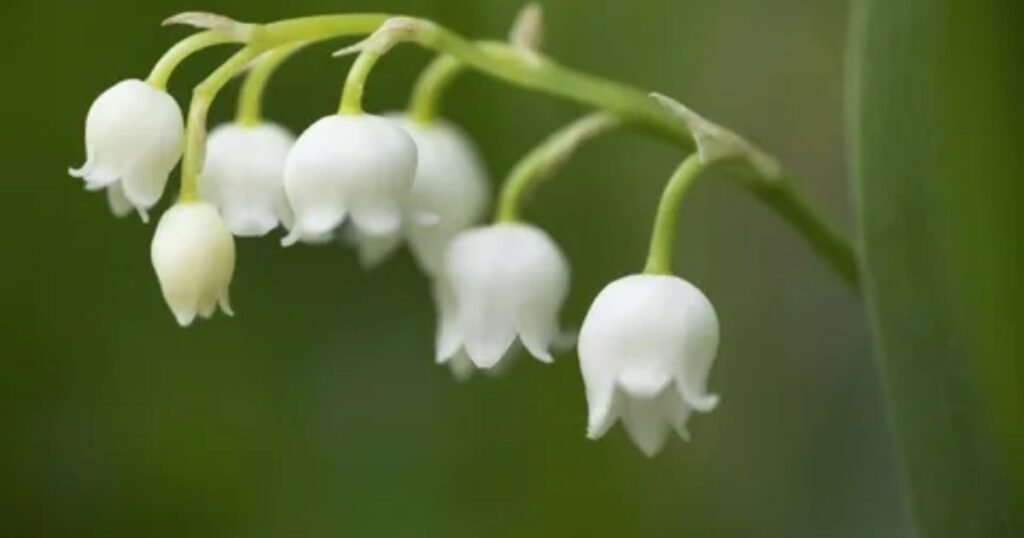
In literature and art, Lily of the Valley serves as a motif for bittersweet nostalgia evoking memories intertwined with feelings of solitude or love lost.
Its ethereal fragrance can transport one back to memories steeped in longing or unrequited feelings, making it a perfect choice for those seeking to express what flowers represent loneliness.
Interestingly, these blooms can inspire introspection; their sheer elegance encourages conversations about emotional depth rather than superficial aesthetics alone.
By embracing such layers within nature’s offerings, we not only appreciate their visual charm but also come closer to understanding ourselves through the stories they tell.
Cyclam
Cyclamens, with their strikingly beautiful flowers often blooming in shades of pink, purple, and white, carry a hidden narrative within their delicate petals.
Known for their unique shape resembling a butterfly in flight, cyclamens not only add to the aesthetic allure of any garden but also evoke deeper emotions.
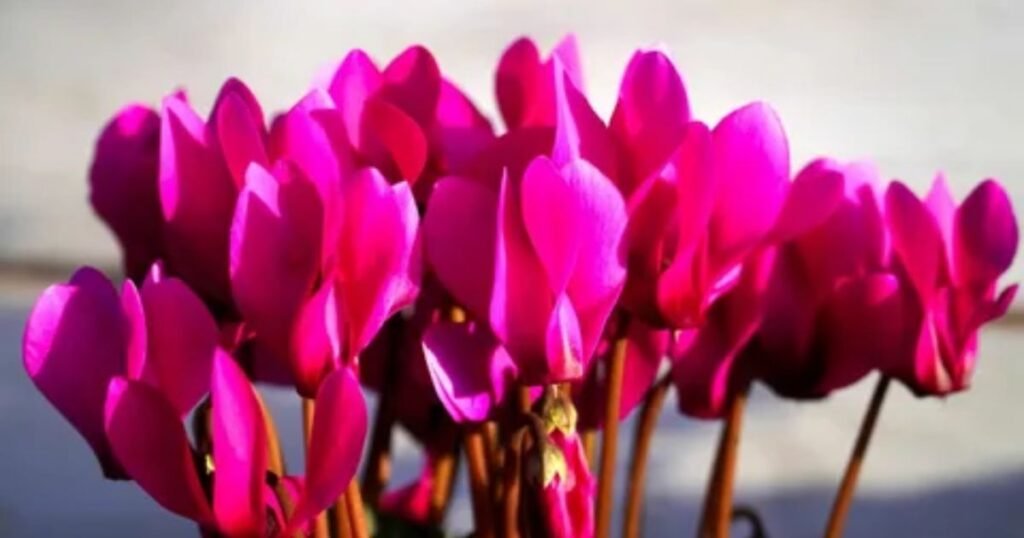
Among various floral representations, these enchanting blooms are often associated with themes of solitude and introspection.
In many cultures, they symbolize loneliness a poignant reminder that even in vibrant beauty can lie a longing heart.
What makes the cyclamen especially captivating is its ability to embody both sorrow and resilience.
While many might seek comfort from more traditionally romantic blooms like roses or tulips, cyclamens whisper tales of quiet reflection and the bittersweet nature of existence.
For those who find value in solitude rather than shunning it outright, cyclamens provide a fitting emblem: expressing feelings that words may fail to articulate those moments when one revels in the silence enveloping them.
This flower’s association with loneliness does not signify despair; instead, it hints at a profound appreciation for one’s own company.
In an increasingly connected world where social interactions are abundant yet fleeting, gifting someone a cyclamen can serve as an acknowledgment of their inner journey an invitation to embrace solitude’s gifts while forging authentic connections with oneself and others alike.
Thus, while many flowers represent cherished unions or vibrant celebrations of life, the humble cyclamen stands out as an ode to embracing one’s singular path amidst life’s bustling tapestry.
Black Rose
The black rose, often shrouded in mystery and intrigue, transcends its literal meaning to embody deep emotional nuances.
Unlike traditional flowers that symbolize love or joy, the black rose often represents loneliness, sorrow, or a bittersweet farewell.
It serves as a poignant reminder of lost opportunities and forgotten relationships, resonating with those who feel the weight of solitude in their lives.
Each petal unfolds like an unspoken secret, inviting contemplative reflection on the shadows cast by our experiences.
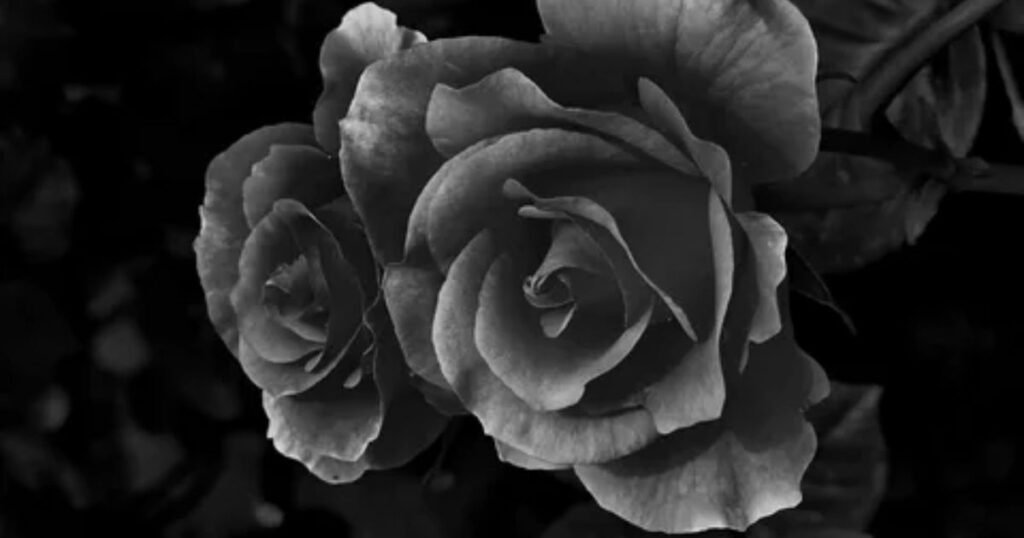
Yet beneath this somber exterior lies an unexpected grace; it challenges us to embrace our vulnerabilities.
The association between black roses and loneliness does not merely reinforce despair but invites dialogue about healing and acceptance of life’s complexities.
In a world where vibrant colors dominate floral language, the black rose stands as a unique emblem for those enduring heartache yet still seeking beauty amid darkness.
Whether gifted in moments of loss or used to create striking arrangements, this flower provides an aesthetic that allows individuals to express emotions that are often left unvoiced an artistic vessel for both grief and resilience.
Conclusion
In exploring the top 10 flowers that symbolize loneliness and the emotional weight of solitude, we’ve uncovered how nature beautifully encapsulates our innermost feelings.
Each flower, from the delicate bluebell to the solitary black rose, serves as a poignant reminder of our complex relationship with being alone.
While these blooms may evoke a sense of melancholy, they also offer an opportunity for reflection and personal growth in times of isolation.
Embracing their meanings can help us find solace in our solitude, transforming loneliness into a deeper understanding of ourselves and our emotions.
Take a moment to appreciate these flowers not just as symbols of loneliness but as companions in your journey through life’s quieter moments.

